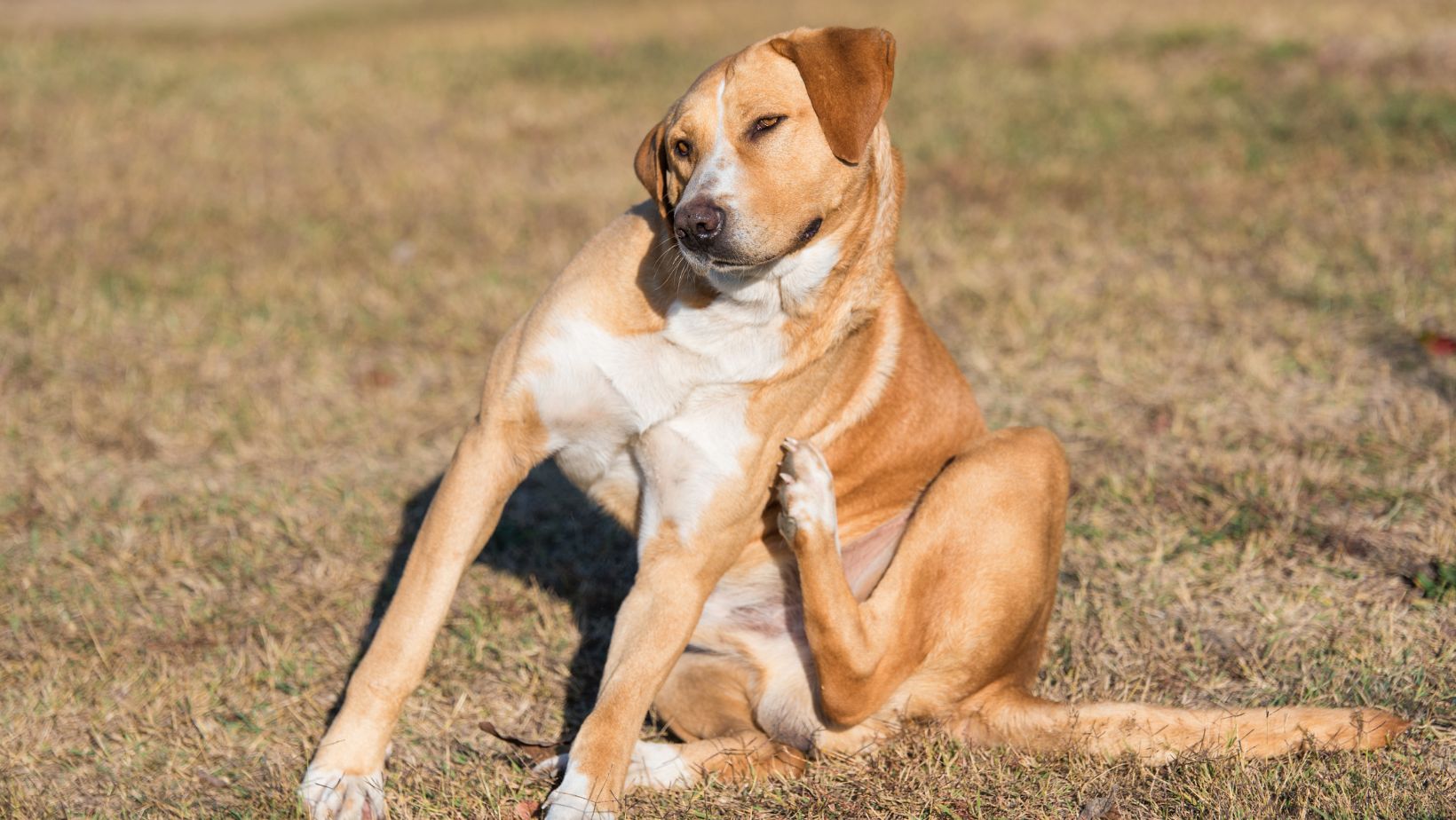Are Dogs Allergic to Tomatoes
Are dogs allergic to tomatoes? This is a common question among dog owners, especially those who have Labradors. As an expert in canine health, I’ll shed some light on the topic and discuss the symptoms of a potential tomato allergy in Labradors.
While tomatoes are generally safe for dogs to consume in small quantities, some Labradors may develop an allergic reaction to them. The most common symptoms of a tomato allergy in Labradors include itching, redness, and inflammation of the skin. You may notice your Labrador scratching excessively or experiencing rashes and hives after consuming tomatoes.
In addition to skin-related issues, Labradors with a tomato allergy may also exhibit gastrointestinal symptoms such as vomiting or diarrhoea. These digestive disturbances can occur shortly after ingesting tomatoes or within a few hours. It’s important to note that these symptoms can vary in severity depending on the individual dog.
Exploring the Symptoms of Tomato Allergy in Labradors
When it comes to our furry friends, allergies can be a real concern. As a dog owner, you may wonder whether your Labrador is allergic to tomatoes. While dogs are not typically allergic to tomatoes, some Labradors may develop an allergy to this popular fruit (yes, tomatoes are technically a fruit!). In this section, we’ll delve into the common symptoms of tomato allergy in Labradors so that you can stay informed and take appropriate action if needed.
- Digestive Distress: One of the most common signs of tomato allergy in Labradors is digestive upset. If your furry friend experiences vomiting or diarrhoea after consuming tomatoes or foods containing tomatoes, it could indicate an allergic reaction. Keep an eye out for any changes in their stool consistency or frequency following tomato consumption.
- Skin Irritation: Another telltale sign of a tomato allergy in Labradors is skin irritation. Itchy skin, redness, rashes, hives, or excessive licking and scratching are all potential symptoms that might suggest an adverse reaction to tomatoes. Pay close attention to any changes in your Labrador’s skin health after they come into contact with or ingest tomatoes.
- Respiratory Issues: In some cases, Labradors with a tomato allergy may experience respiratory problems as a result of exposure to this fruit. These issues can manifest as coughing, wheezing, sneezing fits, or even difficulty breathing. If you notice these symptoms occurring shortly after your Labrador consumes tomatoes or is exposed to them via other means (such as through inhalation), it’s important to consult with your veterinarian.
- Facial Swelling: Swelling around the face and mouth area is another symptom that could indicate a tomato allergy in Labradors. If you observe your Labrador’s face becoming puffy or notice swelling around their eyes, lips, or snout after tomato consumption, it’s crucial to seek veterinary advice promptly.
- Generalised Allergic Reactions: In rare cases, Labradors may experience more severe allergic reactions to tomatoes. These reactions can include symptoms such as difficulty swallowing, vomiting, diarrhoea, collapse, or even anaphylaxis. If you suspect your Labrador is having a severe allergic reaction to tomatoes or any other food item, immediately contact your veterinarian or local animal emergency clinic for immediate assistance.

Diagnosing Tomato Allergies in Dogs
When it comes to determining whether dogs are allergic to tomatoes, there are several methods that can help diagnose a tomato allergy in Labradors or any other dog breed. By paying close attention to their symptoms and conducting the appropriate tests, veterinary professionals can provide an accurate diagnosis. Here are some ways to diagnose tomato allergies in dogs:
- Observation and Symptom Tracking: As a pet owner, you play a crucial role in identifying any signs of tomato allergy in your furry friend. Keep a keen eye out for common symptoms such as itchiness, skin redness, hives, gastrointestinal issues (such as vomiting or diarrhoea), sneezing, coughing, or even difficulty breathing after consuming tomatoes or tomato-based products. Take note of when these symptoms occur and how long they last.
- Elimination Diet: An elimination diet involves removing tomatoes and all tomato-containing foods from your dog’s diet for a specific period while closely monitoring their symptoms. If their symptoms improve during this time and return when tomatoes are reintroduced into their diet, it could indicate a tomato allergy.
- Veterinary Consultation: Consulting with a veterinarian who specialises in allergies is essential for an accurate diagnosis. They will conduct a thorough physical examination of your dog and review their medical history along with the observed symptoms. The vet may also recommend additional tests like blood work or skin prick tests to pinpoint the specific allergen triggers.
- Food Trials: In some cases, veterinarians may suggest food trials to identify potential food allergies accurately. During this process, your dog will be placed on a special hypoallergenic diet that eliminates all known allergens including tomatoes for an extended period (typically 8-12 weeks). If the allergic reactions subside during this time and resurface upon reintroducing tomatoes into the diet, it confirms the presence of a tomato allergy.
- Allergy Testing: In certain situations, allergy testing may be necessary to determine the exact allergens causing adverse reactions in your dog. These tests can include intradermal skin testing or blood tests that measure specific IgE antibodies. However, it’s important to note that these tests might not always provide definitive results for tomato allergies.